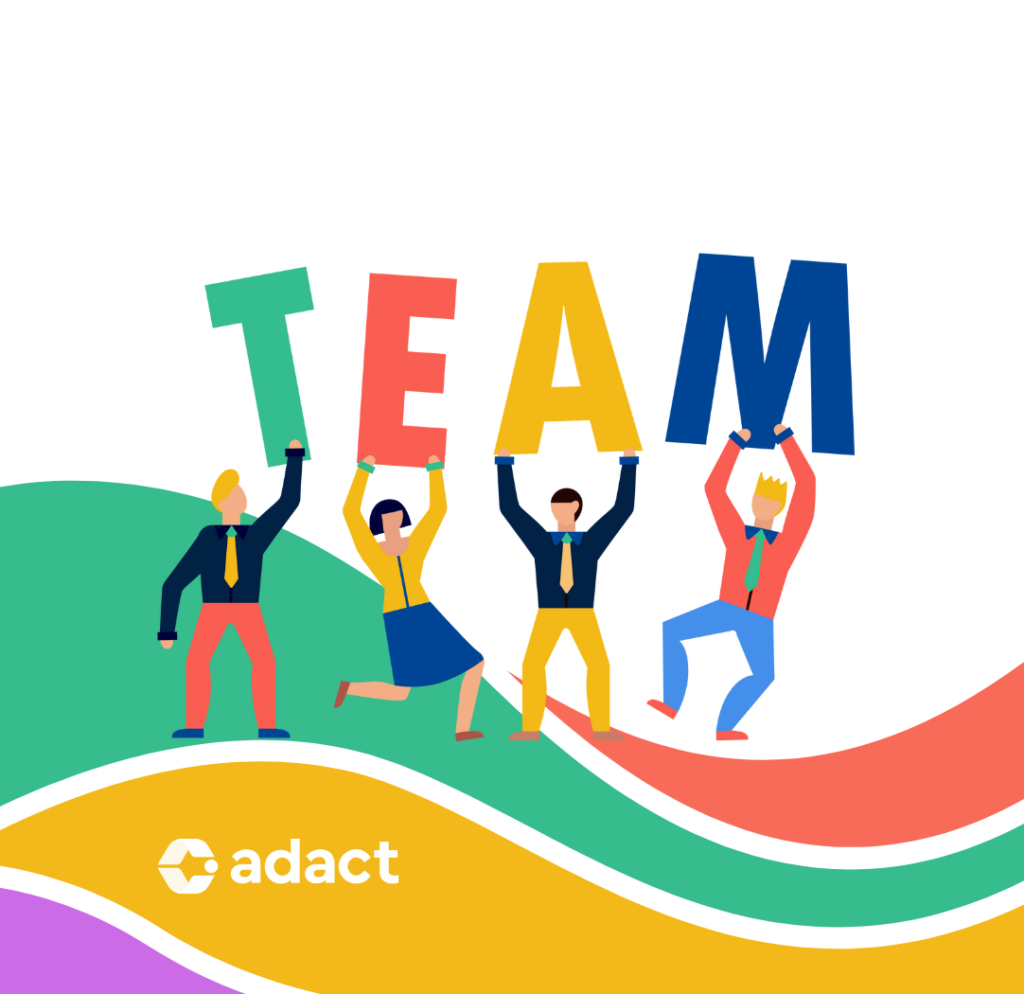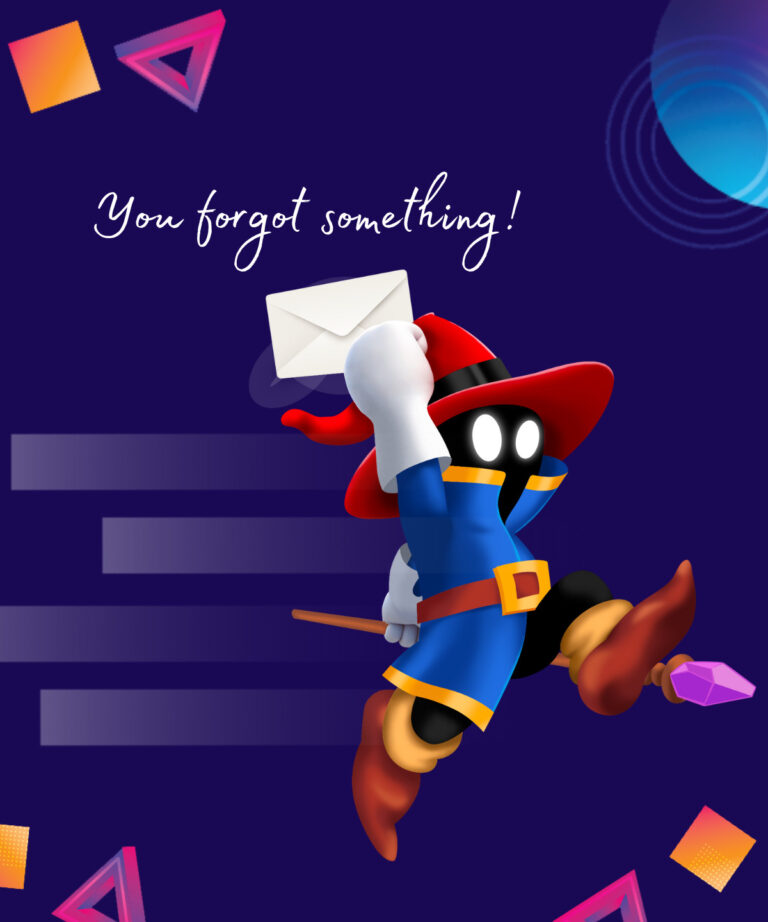Gallup’s 2022 report on the Global Workplace paints a grim picture – only 21% of employees feel engaged at work. Are you searching for the best practices for employee engagement already?
If you want a successful company, you need highly engaged employees. They’re not just more productive and reliable, they’re also the ones coming up with innovative ideas and working their tails off to achieve the company’s goals.
It’s like having a super-powered team that can take on any challenge. But that team needs nurturing – you can’t expect them to be engaged magically. That’s where the best practices in employee engagement come in. With these practices, you can create a thriving work environment that fosters employee engagement and drives success for your business.
So if you’re tired of unproductive and disengaged employees and want to retain top talent and preserve a healthy workplace culture, read on, we have the tips and tricks to turn your team into a group of engaged and motivated rockstars!
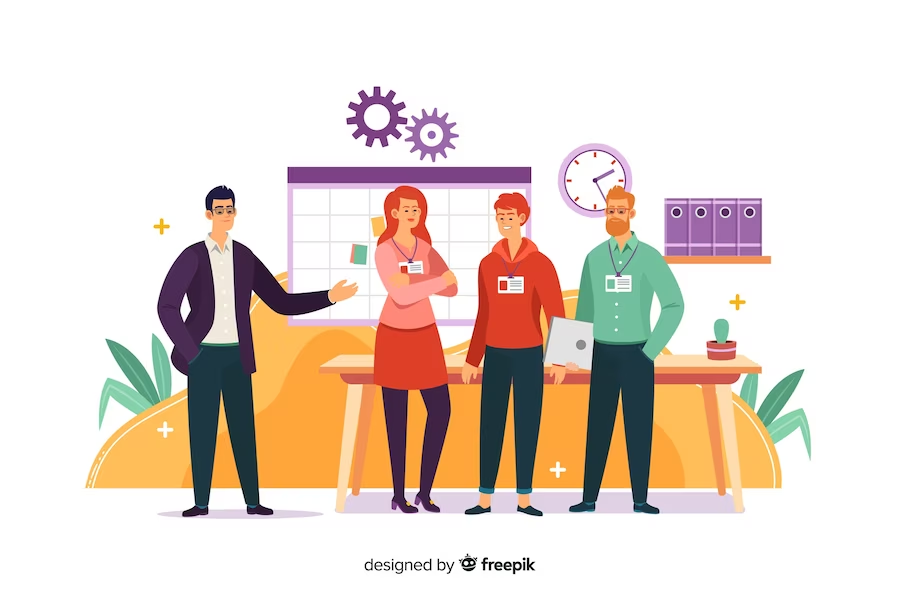
10 best practices in employee engagement
Are you ready to turn your workplace into an engaged and motivated powerhouse? You’re in luck because we’ve got the inside scoop on the top ten employee engagement practices to take your company to the next level.
1. Start from the top
Let’s face it. The leaders are the ones setting the stage when it comes to employee engagement. If your boss is a grumpy grouch who hates their job, it will be hard to feel engaged and inspired. But if your boss is a high-energy rockstar who loves what they do, it’s contagious!
That’s why leaders must lead by example and set the tone for the rest of the organization. It’s like a ripple effect – when the top is involved, it spreads throughout the company like a wave. And if the top isn’t engaged, it’s like a lead balloon that sinks everyone down.
Managers are also critical for improving employee engagement levels because they directly manage people and are responsible for keeping everyone on the same page and working together. So managers should create a positive work environment and set clear expectations for their team.
You should train them to delegate tasks, communicate effectively, resolve conflicts and provide regular feedback to their employees. They should be capable of keeping their employees engaged, recognizing and rewarding good work. And why not make work more fun by incorporating gamification into the HR process?
2. Set goals and expectations
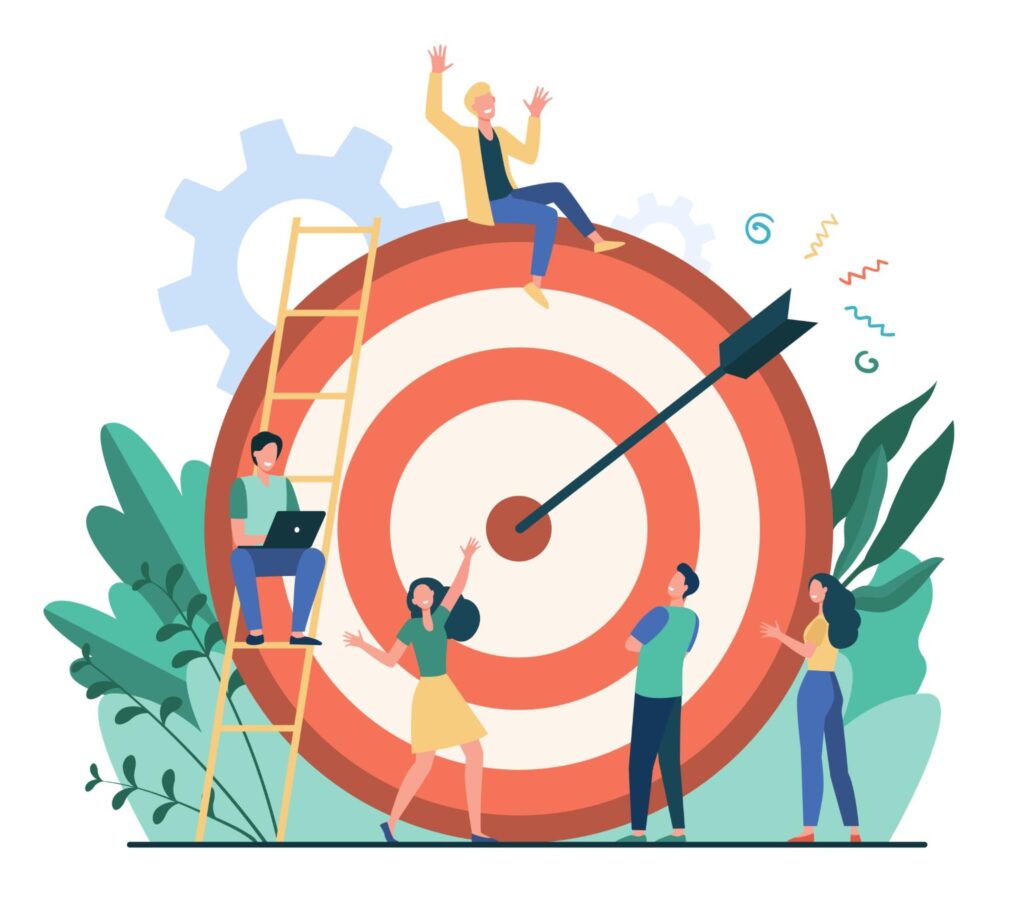
It’s like a game of darts – you must set clear targets your employees can actually hit. If you put the target too far away, they’ll give up and play a different game. But if you make it too easy, they’ll get bored and start throwing darts at each other! So aim for that sweet spot where the targets are challenging but attainable.
And remember, your employees are like puzzle pieces – they need to fit in with the bigger picture. Make sure their goals align with the company’s vision and mission. Otherwise, it’s like trying to put a square puzzle piece into a round hole – it just doesn’t work.
Employees who feel they’re making a meaningful contribution to the company’s goals are more likely to be engaged and committed. When you’re playing a team sport – you want to know that you’re playing for a common goal, not just for yourself. So give your employees a sense of purpose and show them how their work is making a difference. Then sit back and watch them score some big points for the team!
3. Create a strong feedback culture
Nobody likes getting ghosted, especially at work! That’s why feedback is so important when it comes to best practices in employee engagement. Everyone wants to know how they’re doing and how they can improve.
And the best part is feedback can help employees feel valued, recognized and motivated. It’s like a shot of espresso for their work performance! Plus, it’s a great way to help them develop new skills and improve their performance.
So make sure you’re providing regular feedback, both positive and negative, that’s specific and constructive. But remember, feedback is a two-way street. Encourage your employees to provide feedback to their managers or the organization. After all, they’re the ones on the front lines, so their feedback can help identify areas for improvement and spark positive changes in your company.
4. Conduct stay and exit interviews
Have you ever felt in the dark about why an employee left your company? Don’t worry, you’re not alone! Conducting stay and exit interviews can help shed light on what’s going on.
Stay interviews can give you the inside scoop on what’s working well and what needs improvement. And with exit interviews, you can learn why employees are leaving and what you can do to prevent it.
Both types of interviews provide valuable feedback and can be a real game-changer for employee engagement.
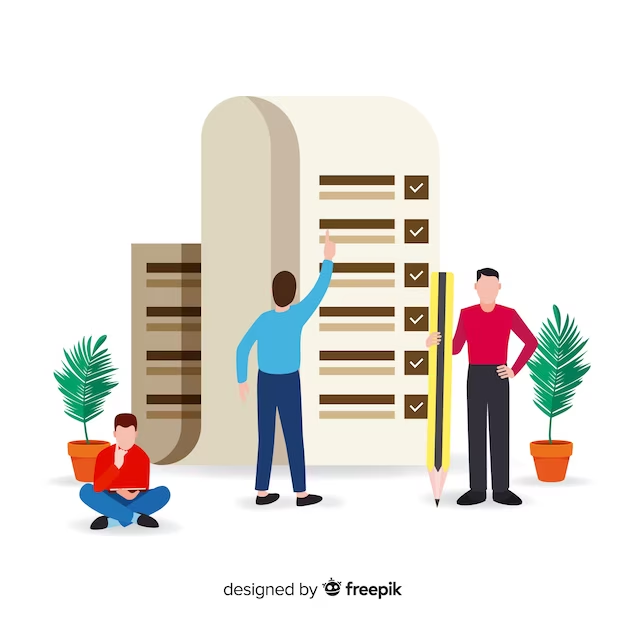
To get you started, here are some questions you can ask in these interviews that can help you understand your employees’ motives and come up with the best practices in employee engagement:
- What do you like about working here?
- What do you not like about your work environment?
- What would make you want to stay with our company long-term?
- How can we better support your growth and development?
- What did you like the most and the least about working with us?
5. Use gamification to make it fun
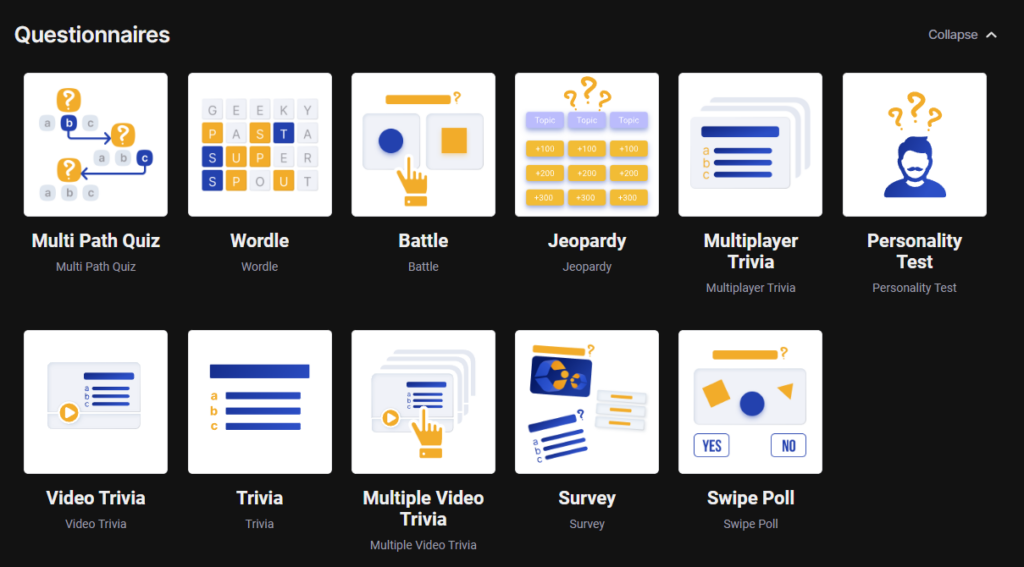
Are you tired of boring team-building exercises that feel more like chores than fun? Well, it’s time to level up your game – literally! By incorporating gamification into your training and employee engagement strategy, you can make work feel less like work and more like a game.
Whether it’s a trivia competition, battle or quiz, gamification can help make repetitive or mundane tasks more enjoyable and rewarding for employees. Plus, it’s a great way to build relationships and encourage teamwork on a lighter note.
And don’t worry if you’re not a coding genius. With platforms like Adact, you can easily create games that promote your company and align with your organization’s values and employee engagement program.
6. Provide development opportunities
Investing in your employees’ professional development is a win-win situation: they get to learn and grow, and your business gets a more skilled and motivated workforce. So, if you want your employees to be more engaged, invest in their professional development! Here are some ideas to get started:
- Establish a skills matrix that identifies the skills and competencies needed for each role in the organization and provides training to fill any gaps
- Encourage employees to attend conferences, seminars and workshops to learn new skills and network with peers
- Create a work culture that inspires employees to enroll in online courses or certification programs
- Provide an educational allowance so employees can purchase books and other materials to learn new skills
- Start a book club or host events where employees can exchange knowledge and ideas
7. Organize team-building activities
We cannot overstate the importance of team-building activities for improving employee engagement. Not only can they be a fun and enjoyable way to bring employees together, but they can also enhance communication, collaboration and problem-solving skills.
In addition to social events such as happy hours and company picnics, structured team-building activities such as problem-solving exercises and team challenges can also be highly effective. The key is to choose activities relevant to your team and create a relaxed and enjoyable environment where employees can get to know each other better. You can also use them to introduce new team members fun and refreshingly.
Online games can help you boost team building. Adact is a top-rated platform for designing games without coding knowledge. Our games combine fun and competition to foster strong bonds and skill development among team members.
The platform is suitable for teams of any size and offers a range of game options, including:
- Guessing games
- Trivia games
- Digital scratchcard
- Surveys
- Puzzles
For instance, you can create a guessing game like the one in the image below.

8. Give employees the freedom to make choices
Employees are more engaged when they feel they have some control over their work. Giving them more freedom to make choices about their work can increase engagement and boost motivation.
Let them have a say in their work schedule, offering them working from home or more flexible work hours. And here’s another idea: allow them to be part of the decision-making process, like setting team goals or choosing tools for their jobs.
9. Recognize and reward hard work
Why did the disengaged employee break up with their job? Because it didn’t give them the attention they deserved! Employees want to feel their hard work and contributions are recognized and appreciated. The key is ensuring that your recognition and rewards program is fair, consistent and transparent.
You can recognize and reward employees by:
- Offering physical or virtual gifts
- Giving simple thank-you notes
- Acknowledging their accomplishments publicly
- Giving bonuses, promotions and other incentives
While you ensure that your rewards align with your company’s goals and values, they should also be meaningful and relevant to your employees.

10. Focus on employee well-being
Employee well-being should be an essential part of your employee engagement programs. To keep your team in tip-top shape, here are some ideas:
- Gym memberships and meditation centers (because sometimes, you need to “om” it out)
- Work-life balance
- Creating a supportive work environment that values diversity and inclusion
- Providing resources and support for employees dealing with life’s curveballs
- Supporting annual health check-ups
And if you really want to spice things up, you can gamify events to improve employee engagement!
How Adact can help you increase employee engagement
If you’re looking for ways to improve employee engagement in your organization, Adact can help! Adact is a cloud-based software wizard platform designed to help organizations improve employee engagement and performance.
With Adact, you can cast a spell that creates surveys and assessments to give managers insights into employee engagement and identify areas for improvement for employee retention.

You can also use Adact to create quizzes, raffles, polls, games for virtual meetings etc.
Encourage learning and test your employees’ knowledge by conducting quizzes.

Break the monotony with mind-bending puzzles that’ll keep your employees on their toes.

Adact also provides templates to help managers and leaders build strong, engaged teams. You can use them for team-building activities that promote employee collaboration, communication and productivity.
See also our guides on:
- How to use minigames to boost marketing
- How to use gamification in education
- How to maximize engagement for your holiday campaigns
Conclusion
If you want to keep your employees engaged, happy and productive, it’s time to put some fun into your workplace! From regular team-building activities to encouraging a sense of community and providing opportunities for personal and professional growth, there are plenty of best practices to help you create a positive and engaging work environment. And don’t forget the power of gaming engagement initiatives – incorporating humor and play into the workplace can help relieve stress and bring people together!
Best practices in employee engagement: FAQs
1. Make sure your employees feel valued and appreciated
2. Provide proper training and support they need to do their jobs well
3. Give and ask for feedback from employees so they know what they’re doing well and you know where you could improve the work environment
4. Encourage open communication with your employees so they feel comfortable sharing ideas with you and other team members
5. Plan team-building activities through interactive games that encourage the employees to open up and get to know their team members better
The four pillars of employee engagement are:
1. Employee recognition and reward
2. Work-life balance
3. Autonomy and control over work tasks
4. The ability to learn and grow in their job
There are a lot of factors affecting employee engagement, but here are the top five:
1. Employee satisfaction with their jobs
2. Employee satisfaction with their workplace
3. The amount of time employees spend at work
4. The company culture
5. The quality of leadership and management
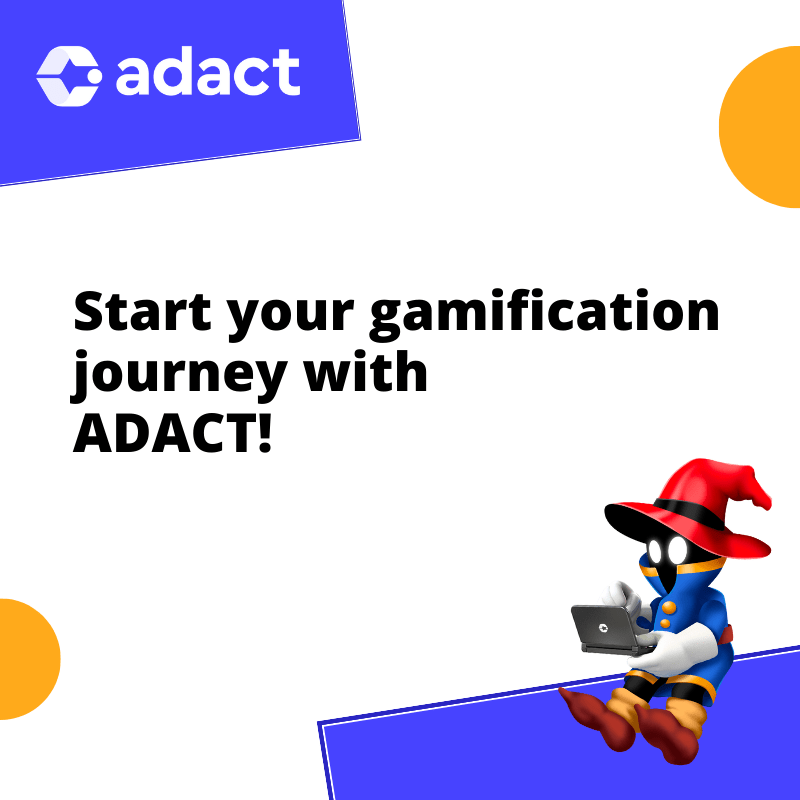
Book a Demo
In the meeting, we will take a look at ADACT, discuss different game ideas and how gamification can help reach your marketing goals.
